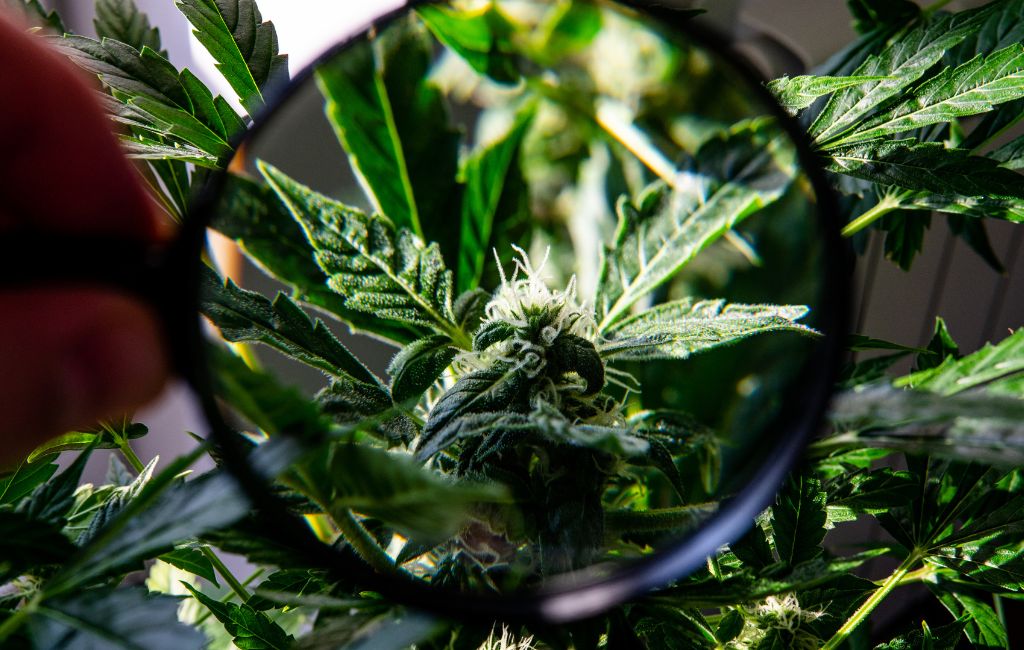
Marijuana, a plant with a long history of use for medicinal and recreational purposes, has been the subject of extensive research in recent years. As more regions legalize its use, understanding its impact on health and wellbeing becomes increasingly significant. This article explores the various marijuana health effects, supported by research findings, case studies, and statistics.
The Chemical Composition of Marijuana
Marijuana contains over 100 different cannabinoids, with tetrahydrocannabinol (THC) and cannabidiol (CBD) being the most prominent. THC is primarily responsible for the psychoactive effects, while CBD is known for its potential therapeutic benefits without causing a high.
- THC: Known for its psychoactive properties, THC can alter mood, perception, and behavior.
- CBD: Non-psychoactive, CBD is often used for its potential anti-inflammatory and anti-anxiety effects.
Potential Benefits of Marijuana
Research suggests that marijuana may offer several health benefits, particularly in the medical field. Some of these benefits include:
- Pain Relief: Marijuana is often used to alleviate chronic pain, especially in conditions like arthritis and multiple sclerosis.
- Reduction of Inflammation: CBD, in particular, has been studied for its anti-inflammatory properties, which may benefit conditions such as Crohn’s disease.
- Anxiety and Depression: Some studies indicate that marijuana can help reduce symptoms of anxiety and depression, although the effects can vary based on the strain and dosage.
- Seizure Disorders: Epidiolex, a CBD-based medication, has been approved for treating certain types of epilepsy, highlighting marijuana’s potential in managing seizures.
Potential Risks and Side Effects
While marijuana may offer benefits, it is not without risks. Understanding these risks is crucial for making informed decisions about its use.
- Mental Health Issues: High doses of THC can lead to increased anxiety, paranoia, and in some cases, psychosis, particularly in individuals predisposed to mental health disorders.
- Impaired Cognitive Function: Regular use, especially in adolescents, can affect memory, attention, and learning capabilities.
- Respiratory Issues: Smoking marijuana can lead to respiratory problems similar to those caused by tobacco smoke.
- Addiction: While not as addictive as some substances, marijuana can lead to dependency, with withdrawal symptoms such as irritability and insomnia.
Case Studies and Research Findings
Several studies have been conducted to understand the effects of marijuana on health. A study published in the Journal of the American Medical Association found that marijuana use was associated with a lower risk of opioid overdose deaths in states where it was legalized. Another study in the European Journal of Internal Medicine highlighted its effectiveness in reducing chronic pain and improving quality of life in elderly patients.
Conversely, research from the National Institute on Drug Abuse indicates that long-term marijuana use can lead to addiction and cognitive impairments, particularly when use begins in adolescence.
Statistics on Marijuana Use
According to the World Health Organization, approximately 147 million people, or 2.5% of the global population, use marijuana. In the United States, a survey by the National Survey on Drug Use and Health reported that 48.2 million people used marijuana in 2019, making it the most commonly used illicit drug in the country.
Legalization and Its Impact on Wellbeing
The legalization of marijuana in various regions has sparked debates about its impact on public health. Proponents argue that legalization can lead to better regulation, safer products, and increased access for medical use. Critics, however, express concerns about increased recreational use and potential health risks.
In states where marijuana is legal, there has been a notable increase in its use among adults, while adolescent use has remained stable or decreased, according to a study published in JAMA Pediatrics. This suggests that legalization may not necessarily lead to increased use among younger populations.
Conclusion
Marijuana’s impact on health and wellbeing is multifaceted, with potential benefits and risks. While it offers promising therapeutic applications, particularly in pain management and seizure disorders, it also poses risks such as mental health issues and cognitive impairments. As research continues to evolve, understanding these effects will be key to making informed decisions about its use. Legalization efforts further complicate the landscape, highlighting the need for ongoing research and public education to navigate the complexities of marijuana use.
